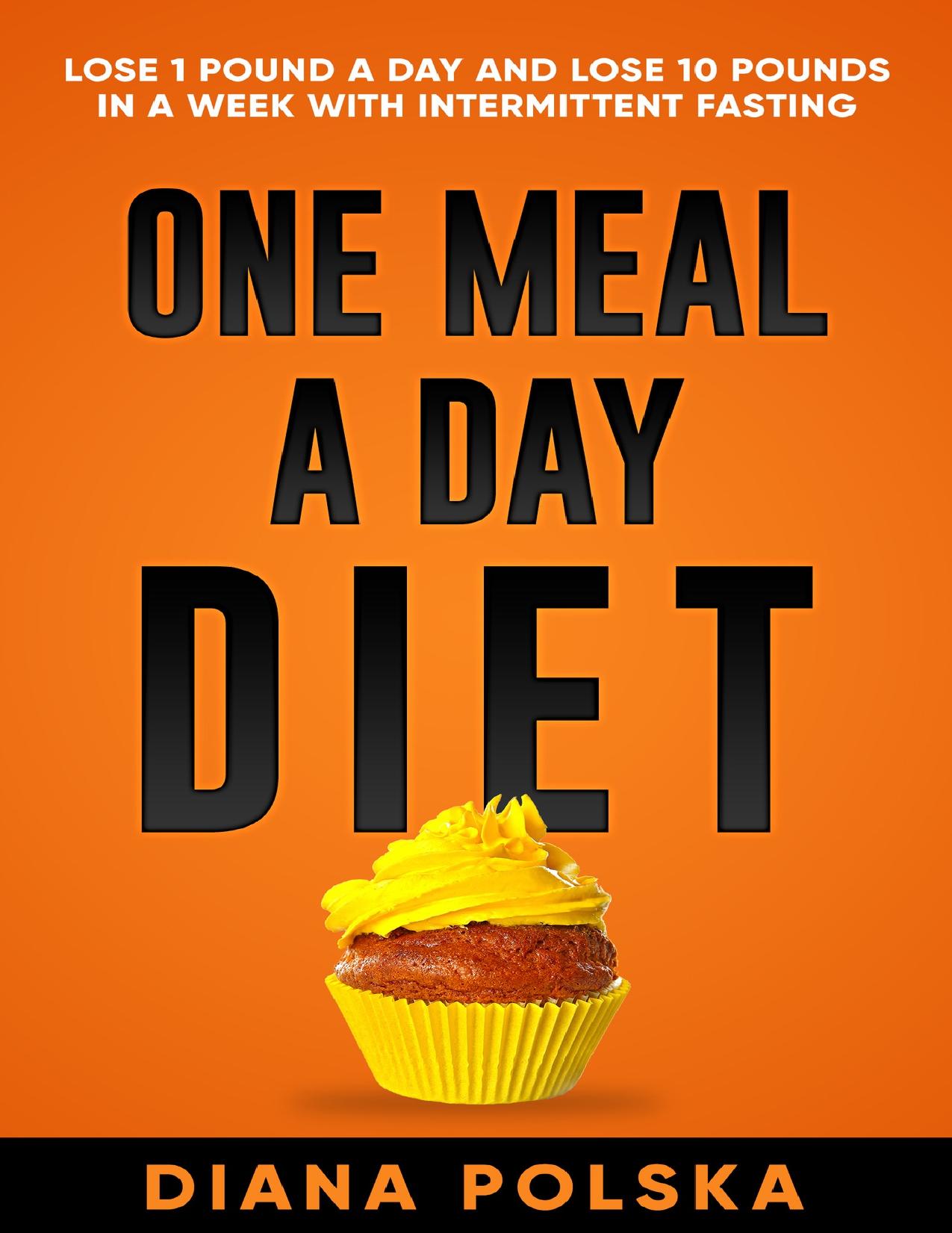One Meal a Day Diet by Diana Polska

Author:Diana Polska [Diana Polska]
Language: eng
Format: epub, pdf
Tags: HEALTH & FITNESS / Diet & Nutrition / Diets, HEALTH & FITNESS / Diet & Nutrition / Weight Loss
Publisher: Self-Counsel Press
Published: 2021-10-15T00:00:00+00:00
WHOLE GRAINS AND PULSES
Whole grains have high concentrations of essential nutrients, antioxidants, and fiber. Studies have found that consumption of whole grains promotes weight loss.[165] The dietary fiber found in whole grains helps promote a feeling of satiety, which reduces the amount of food eaten. Consumption of whole grains lowers BMI, WHR, total cholesterol, and LDL cholesterol.[166]
There is an overwhelming amount of scientific evidence showing the health benefits offered by the consumption of whole grains.[167] Whole grains contain a wide range of phytochemicals with numerous health benefits.[168]
Diets high in whole grains are associated with a 20 to 30% reduction in the risk of type 2 diabetes.[169] The disease protection offered by the consumption of whole grains far exceeds the benefits from isolated nutrients and phytochemicals found in nutritional supplements.[170]
Pulses (beans, peas, lentils) are a source of protein and fiber as well as a significant source of vitamins and minerals such as iron, zinc, folate, and magnesium. Pulses are high in fiber and have a low GI. They are very beneficial to people with diabetes because they help maintain a balanced blood sugar level. Pulses have anticancer ingredients, as they contain phytochemicals, saponins, and tannins.[171]
Scientific evidence indicates that whole grains play an important role in lowering the risk of chronic diseases such as coronary heart disease, diabetes, and various types of cancer, and also contribute to body weight management and gastrointestinal health.[172]
Dr. Price discovered that the healthiest cultures include whole grains and pulses in their diets. However, they usually soak or ferment their grains and pulses before eating them to neutralize phytates and enzyme inhibitors. Fermented or soaked grains are predigested, making them easy to digest with all nutrients more readily available.
Grains contain phytic acid, which combines with iron, calcium, magnesium, copper, and zinc in the intestinal tract, blocking their absorption.[173]
Many people who are allergic to certain grains, beans, or legumes are able to eat them without a problem if they are properly prepared. Soak grains and pulses for seven hours or more before cooking, sprouting, or sour leavening.
To soak grains or pulses, put them in a bowl, cover them with enough water, and add a tablespoon of either yogurt, raw apple cider vinegar, lemon juice, or kefir. Allow them to sit at room temperature for at least seven hours. Drain and rinse before cooking them with fresh water.
Grains you want to stay away from include white rice, refined white flour, granola, and â if you have celiac disease or a gluten sensitivity â grains containing gluten.
Refined carbohydrates such as white rice and white flour may contribute to type 2 diabetes and cardiovascular disease. Modern Asian Indians (people from India, Pakistan, and Bangladesh) typically include a lot of white rice and refined white flour in their diet, which may contribute to the remarkably high prevalence of type 2 diabetes and cardiovascular disease in this population.[174]
Granola which is labeled a âhealthy cerealâ is made from grains subjected only to dry heat, making it extremely indigestible. Granola, like all processed breakfast cereals, is not healthy as some people think.
Download
This site does not store any files on its server. We only index and link to content provided by other sites. Please contact the content providers to delete copyright contents if any and email us, we'll remove relevant links or contents immediately.
Machine Learning at Scale with H2O by Gregory Keys | David Whiting(4106)
Never by Ken Follett(3762)
Fairy Tale by Stephen King(3193)
The Man Who Died Twice by Richard Osman(2979)
Will by Will Smith(2770)
Friends, Lovers, and the Big Terrible Thing by Matthew Perry(2100)
The Becoming by Nora Roberts(2062)
A Short History of War by Jeremy Black(1744)
Go Tell the Bees That I Am Gone by Diana Gabaldon(1670)
515945210 by Unknown(1583)
A Game of Thrones (The Illustrated Edition) by George R. R. Martin(1563)
443319537 by Unknown(1451)
The 1619 Project by Unknown(1366)
Works by Richard Wright(1247)
Meditations (Modern Library) by Marcus Aurelius(1229)
Going There by Katie Couric(1139)
472244821 by Unknown(1129)
book title by 2023(1084)
264099364 by Unknown(1041)
